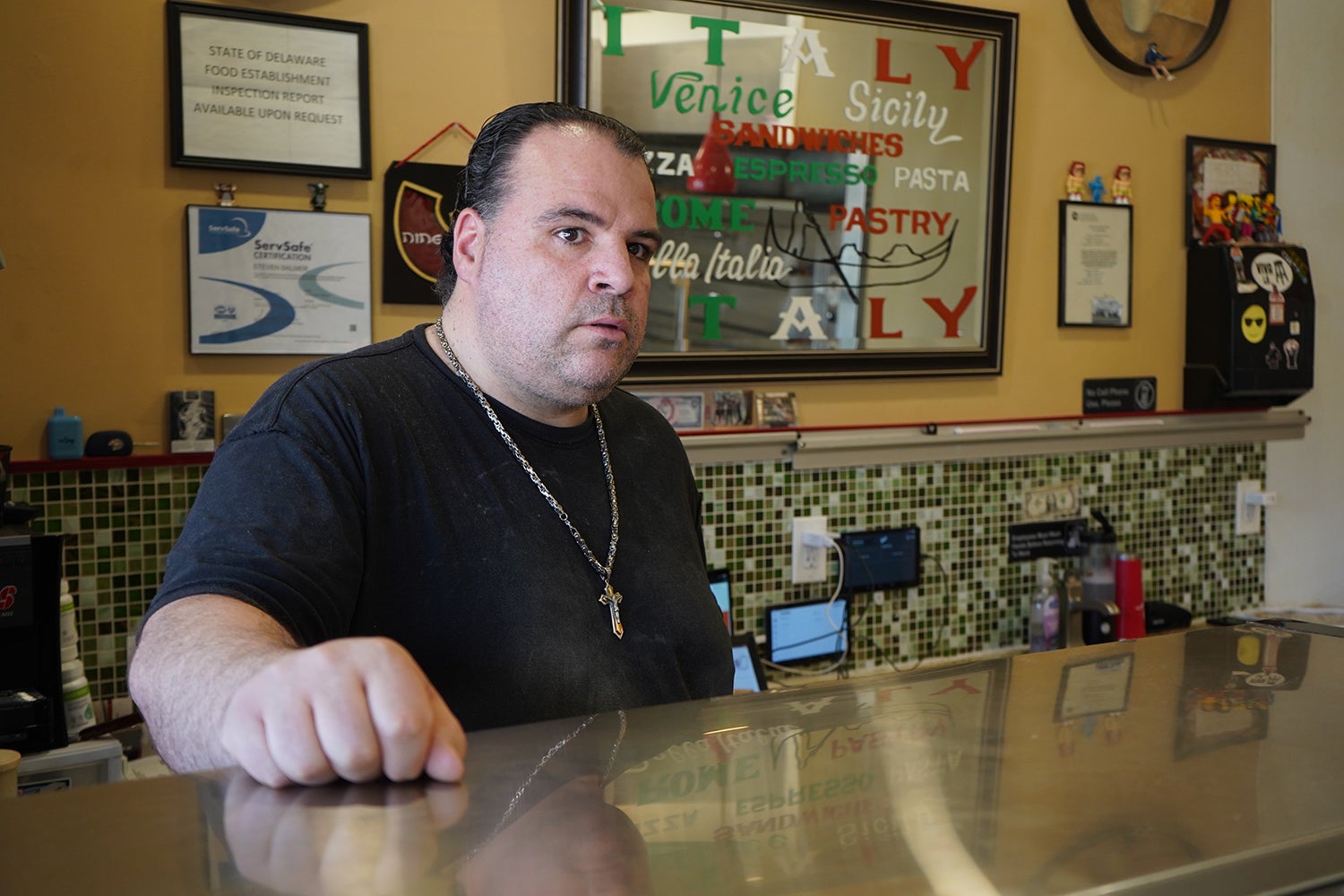Fashion
The cautionary tale of high street fashion, a graveyard of brand building neglect

The high street is awash with fallen fashion giants. M&S Clothing & Home is curbing that trend. As part of The Drum’s Fashion & Beauty focus, we invited Mother Design’s Kirsty Minns, an architect of its recent creative campaigns, to explain the revival.
The fashion industry can be brutal. Brands that once led the high street have become the ghosts of fashion retail history. Brands like Topshop, Debenhams, BHS and Ted Baker. The list goes on, and so do the demises.
More recently, Superdry and online giant Boohoo have both seen their fortunes tumble in a fast-changing market. At the same time, fast fashion giants like Shein and Temu are thriving on reactive pricing models, further challenging the high street establishment.
The pressure to follow suit is intense.
Powered by AI
Explore frequently asked questions
However, as many brands have learned, neglecting long-term brand strategy in favor of short-term product trends can quickly lead to a downward spiral. When the dust settles, the only question that remains is: what does your brand stand for?
For brands navigating this challenging environment, the long game is the only strategy that truly lasts. Having worked with several household names in the fashion industry, both in the high street and luxury, I know that the goal is never to chase fleeting trends or jump on the next viral bandwagon. Instead, the focus is on reinforcing a clear, consistent brand identity and message that resonates with customers on a deeper, more lasting level.
Heritage brands often need to evolve to stay relevant. Valentino is a prime example of a brand that has successfully done so, first under the leadership of Pierpaolo Piccioli, who honored Valentino’s rich heritage while introducing a modern sensibility that appealed to a new generation of fashion consumers. Now, with Alessandro Michele—formerly of Gucci—taking the reins, Valentino is set to continue this journey of reinvention. Michele, known for his bold and eclectic transformation of Gucci, deeply understands how to unlock a brand’s potential by building on its foundational identity while infusing it with fresh creativity. This approach demonstrates the power of long-term brand-building in ensuring a brand’s relevance and appeal across generations.
The M&S Clothing & Home ad strategy
We craft campaigns that feel fresh yet accessible, combining elevated visuals with the everyday moments that reflect the lives of their customers. Recent campaigns inspired by the cinematic world of high fashion capture this balance. By integrating elements of seasonal style with relatable scenarios, these campaigns bridge the gap between aspiration and familiarity—a balance that speaks directly to broad audiences.
The high street today is full of cautionary tales. Ted Baker, once beloved for its quirky British style, faltered by losing touch with what made it special. Boohoo, one of the original fast fashion giants, has seen its stock plummet as consumer attitudes shift, and Superdry has struggled to keep pace with changing tastes. All these brands once commanded loyalty, but without a long-term strategy, their grip on the market has slipped. They are proof that when a brand focuses solely on product and ignores the deeper relationship with consumers, it can lose its way.
In contrast, successful fashion brands today have steadily shifted consumer perceptions thanks to a commitment to the long term. Their evolution hasn’t been about one-off campaigns but rather about consistently aligning core messages with what customers truly value. Consumers aren’t just buying clothes—they’re buying into brands they trust. And that trust isn’t something that can be achieved overnight. The results are clear: renewed purpose, steady growth, and a brand that feels relevant again without abandoning the qualities that made it a household name.
Looking ahead, the future of fashion branding lies in the ability to merge creativity with strategy (a word once banned from certain fashion brand boardrooms).
Consumers today are more discerning, more socially conscious, and more attuned to what a brand stands for. They’re looking for authenticity, for brands that reflect their own values and lifestyles. Fashion companies that embrace this shift and focus on building genuine relationships with their audiences will be the ones that thrive in the long run.
Brand-building is an ongoing process. It requires patience, creativity, and a clear vision of who you are and who you want to be. Those who stay true to their roots while also embracing change will have a better chance of creating a brand that resonates not just today but for years to come.
Suggested newsletters for you
Fashion is about more than the clothes we wear. It’s about how they make us feel. And when a brand can make you feel something—through storytelling, sensory experiences, or simply by staying true to its values– you don’t just buy the product. You buy into the brand.
Kirsty Minns is partner and ECD at Mother Design. Continue the conversation with her here.










